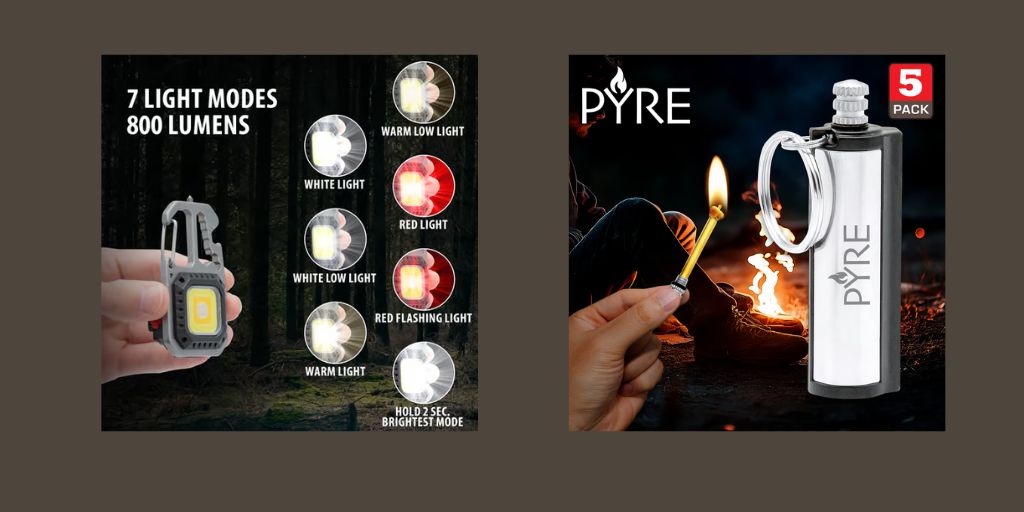Ever been outside when it’s comfortably below zero? If you have, then you know firsthand the necessity of layering properly with thermal wear, not just so you stay comfortable, but so you don’t freeze.
Here’s your primer on how to layer in extreme cold.
The Baselayer
When it’s very cold, you need a wicking baselayer, period. It can be made of a performance synthetic but the best ones are made of soft wool, such as merino wool.
Your baselayer will not only provide a modicum of insulation, it will also help keep you dry. Any perspiration that manifests will be wicked away by it.
For your feet, you can wear a silk liner sock that will not only help with wicking, but which will also help prevent chafing and hot spots in your boots.
The Midlayer
The midlayer is one of the most important aspects of thermal wear as it will provide the bulk of your insulation. Without a good midlayer, you won’t be able to keep warm without vigorous activity.
The midlayer should be made of wool, all things considered, because, while wool is expensive and some people think it’s itchy, it offers much better insulation than almost all synthetics.
Most importantly, wool retains almost all of its thermal insulative properties, even when it gets wet. It adsorbs rather than absorbs moisture, which keeps it feeling dry to the touch even when it does get wet.
Most importantly, it keeps you dry in the extreme cold. Also, for what it’s worth, wool is physically tougher than cotton and naturally antimicrobial.
The Outer Shell
Lastly, you need a good, tough outer shell to serve as your front line defense against the elements.
Your outer shell should be both waterproof and windproof. Tech gear is too light in most applications to trust it in extreme cold. Opt for a heavier, thicker winter coat that is waterproof and windproof rather than a rain shell.
Of course, the waterproof nature of your outer shell is just a failsafe, since you’ve wisely chosen wool thermal wear for your midlayer.
On top of these considerations, a good outer shell should also serve to supplement the insulative properties of your midlayer.
Accessory Necessities
When it’s extremely cold, full covering for your hands, feet and face are not optional.
Over your silk liner socks, wear heavier, thicker wool socks, and on top of that wear heavy, waterproof, appropriately rated boots.
Wool liner gloves and heavier, waterproof gloves or mittens for your hands should suffice. Waterproofing is critical here as it will help prevent frostbite if you have to use your gloved hands in wet conditions.
For your head, face and neck, make sure as little as possible is exposed. Wear a heavy wool hat, earmuffs, a scarf or some other garment that covers your neck.
Where to Load Out on Thermal Wear
Need to re-imagine your winter wardrobe for next season? Or perhaps you’re taking a hunting trip or skiing trip in a locale that’s somewhat colder than the conditions to which you’re accustomed?
Either way, if you’re here for thermal wear, the place to get it is online at CH KADELS. Not only does CH KADELS carry a full line of wool thermal wear, they also carry accessories like hats and gloves, along with other cold weather survival gear.
Check out their full collection of bushcraft gear, preparedness essentials, and general tools and accessories for cold-weather outdoor living over at their website. Whatever your pursuit, they can outfit you for it.
For more information about bushcraft gear and disaster survival gear Please Visit : CH Kadels



